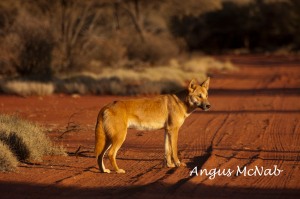I’ve just attended the Joint Meeting of Ichthyologists and Herpetologists held in Montréal, Canada (by the way, if you are ever thinking of staying at Le Centre Sheraton in Montréal, my advice is to make a wide berth – one of the least-satisfying, over-priced, deliberately scrooging hotels I have ever had the displeasure of occupying).
The conference itself was interesting, if not somewhat tangential to most of the major conservation issues facing fish, amphibians and reptiles in the modern context (it is only fair though to state that it wasn’t a ‘conservation’ conference per se). One thing that did astound me though was an open-microphone presentation by someone from the Oceanário de Lisboa in Portugal who described the €100000 operation to release a very large (> 3.5 m wingspan) manta ray (Manta birostris) from its restrictive enclosure. Yes, you read correctly – €100000 to save one individual manta ray. Not even a threatened species (currently classified as ‘Near Threatened’ on the IUCN Red List), these good people at what I am sure is an excellent aquarium spent more money on one animal than most projects spend on the conservation of entire species.
Have these people not heard of ecological (or ‘conservation’) triage? Similar to medical triage in emergency or wartime situations, ecological triage directs finite resources to those species that require the most attention and have the highest chance of long-term persistence. I’m not sure who coined the term (perhaps Holt & Viney 2001), but the concept has been developed by a number of excellent conservation planning researchers over the last few years to become the cornerstone of modern conservation investment strategies (see Possingham et al. 2002; Hobbs & Kristjanson 2003; Wilson et al. 2007). Ecological triage essentially means that immediate conservation action and resources are directed toward populations that are highly threatened but where the probability of persistence is high. The flip side is that we shouldn’t waste our precious resources either on irrelevant and useless actions like the one described above.
Saving one manta ray would not change the species’ long-term persistence probability – full stop. In an age where conservation action and research are suffering from human apathy and stupidity, surely we can spend our money more wisely. For example, that €100000 could have purchased some primary rain forest somewhere and saved literally thousands of species from extinction. What a waste.



























